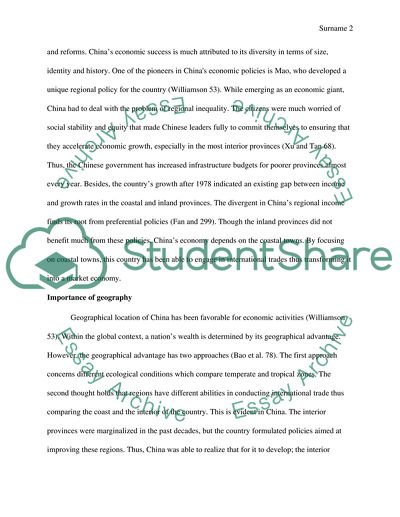Cite this document
(“CHINA Assignment Example | Topics and Well Written Essays - 3000 words - 1”, n.d.)
Retrieved from https://studentshare.org/geography/1648766-china
Retrieved from https://studentshare.org/geography/1648766-china
(CHINA Assignment Example | Topics and Well Written Essays - 3000 Words - 1)
https://studentshare.org/geography/1648766-china.
https://studentshare.org/geography/1648766-china.
“CHINA Assignment Example | Topics and Well Written Essays - 3000 Words - 1”, n.d. https://studentshare.org/geography/1648766-china.


